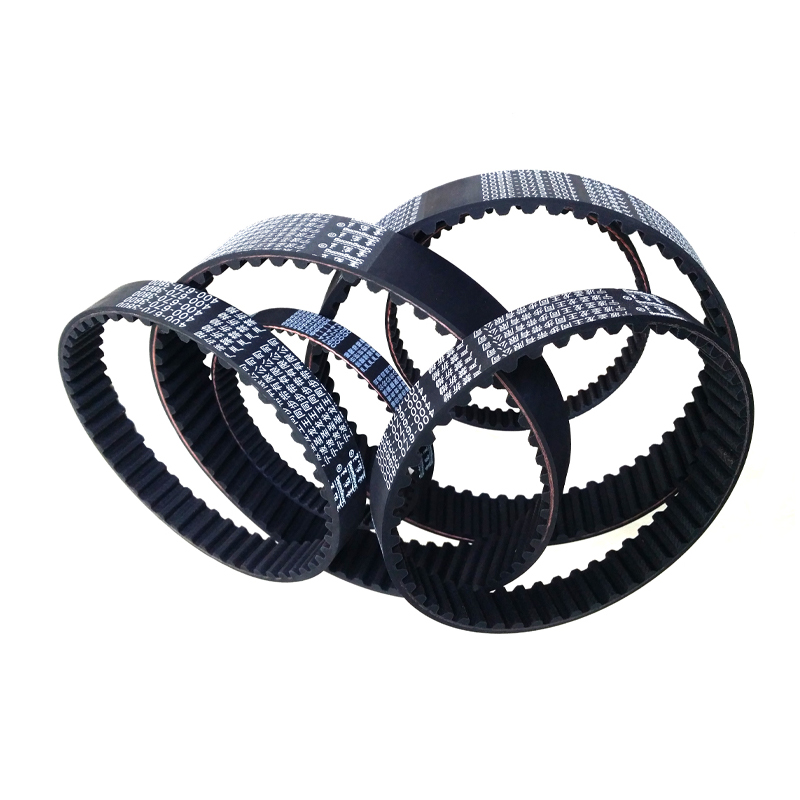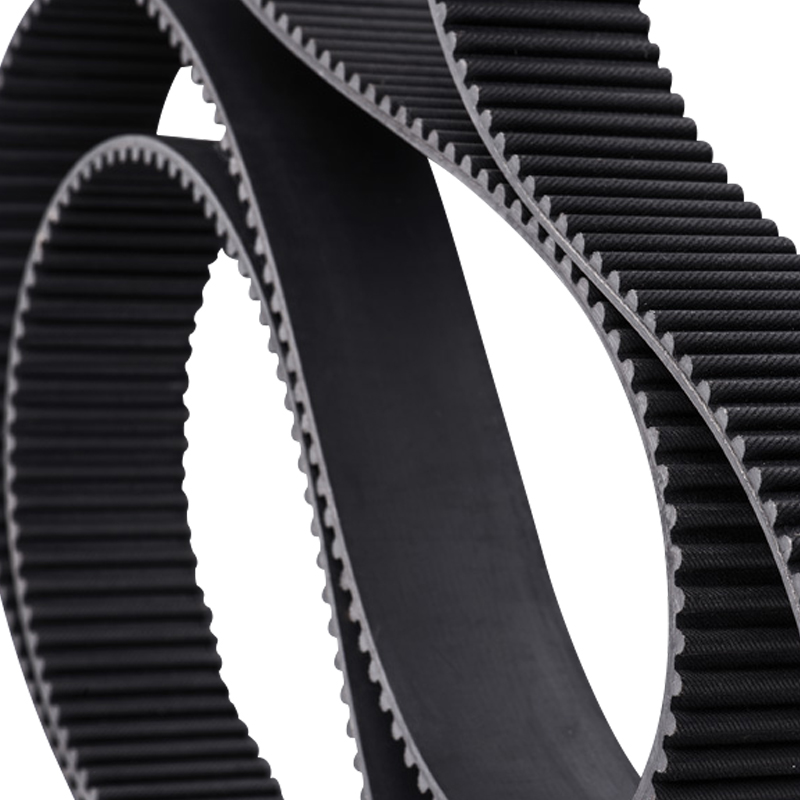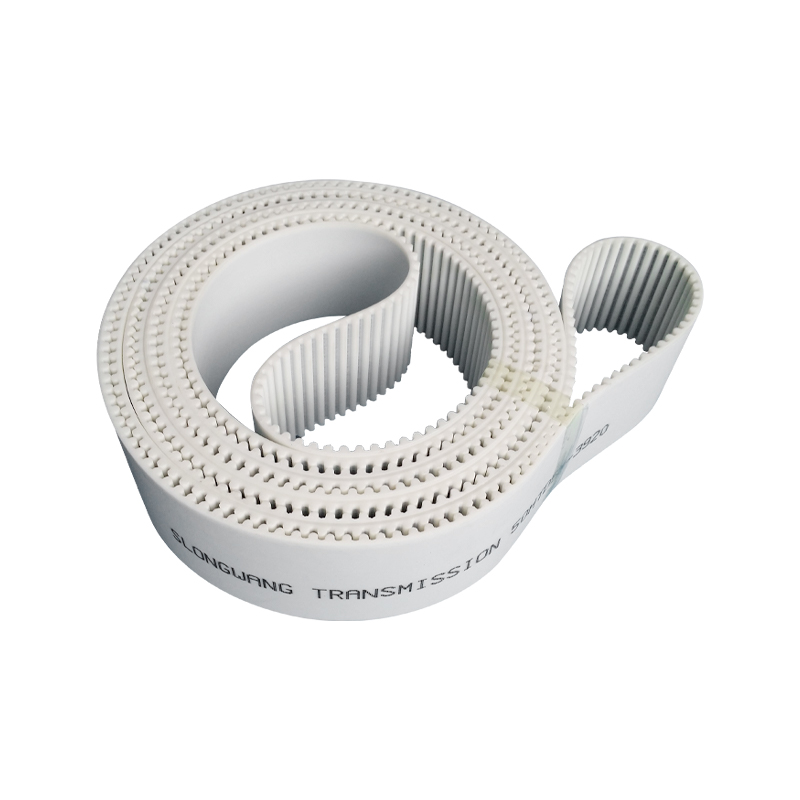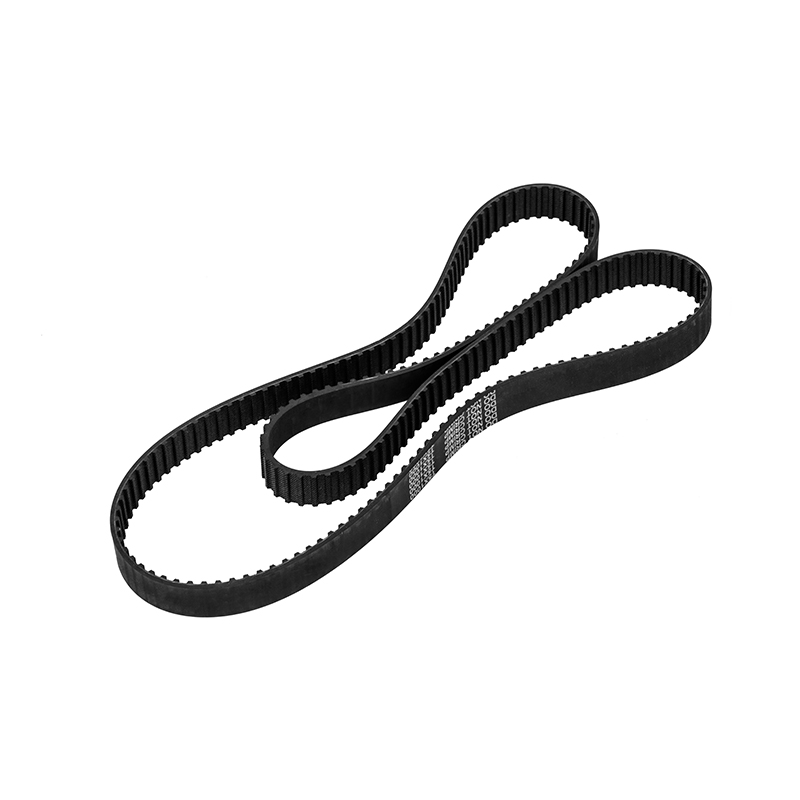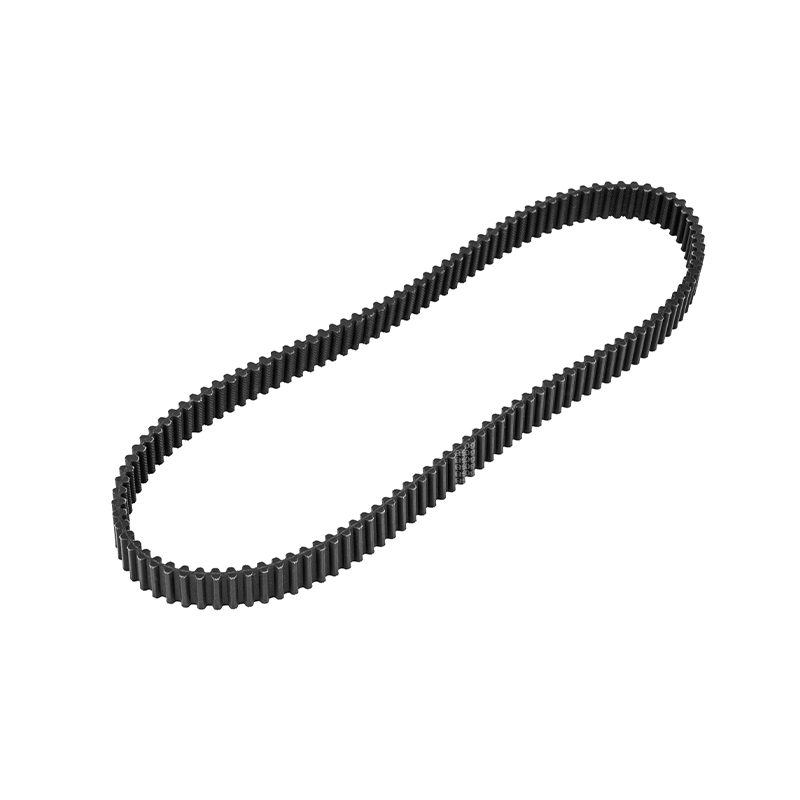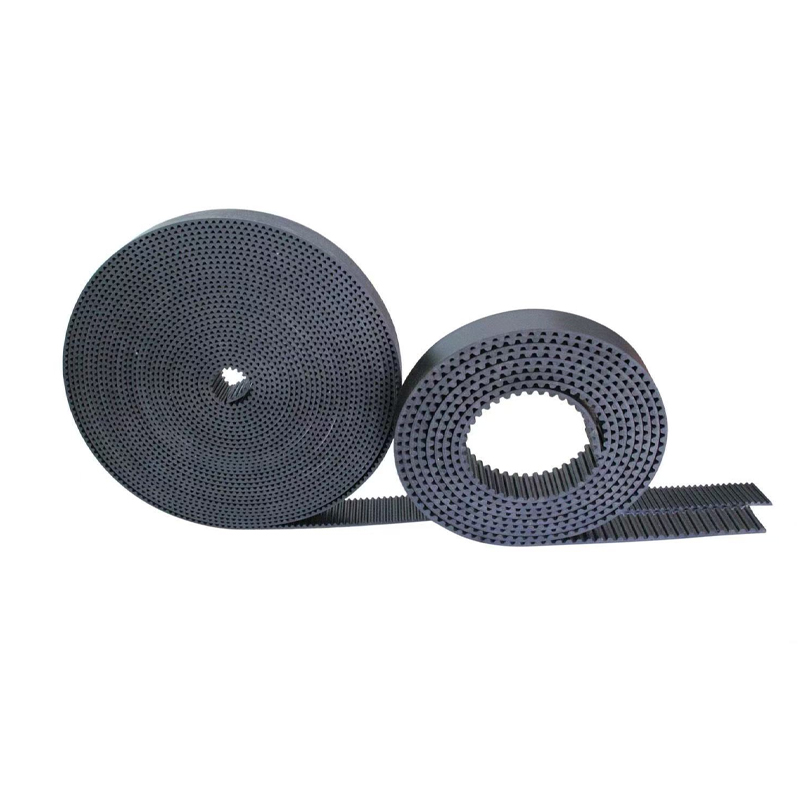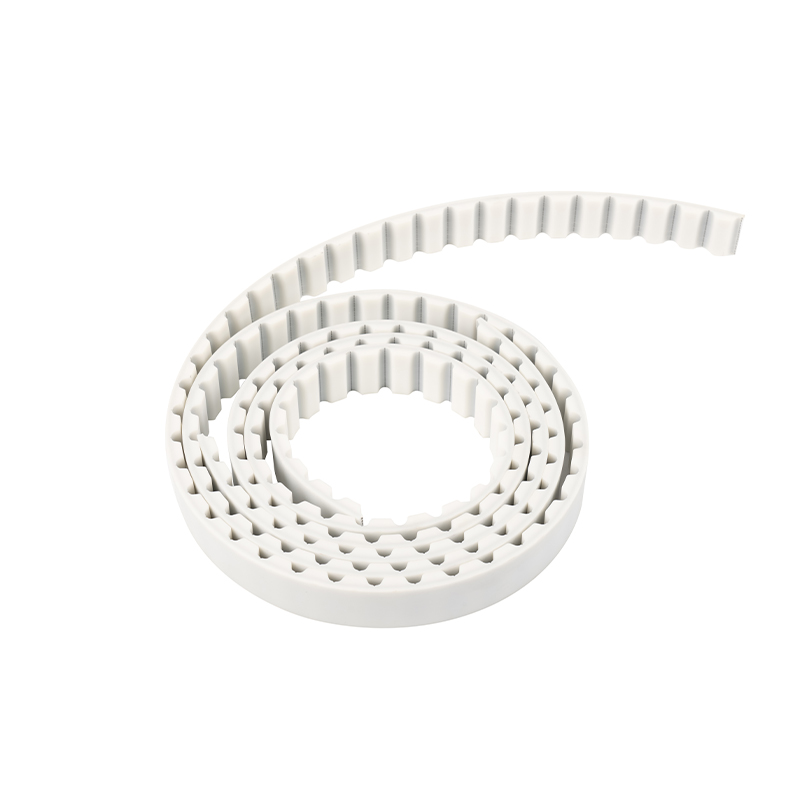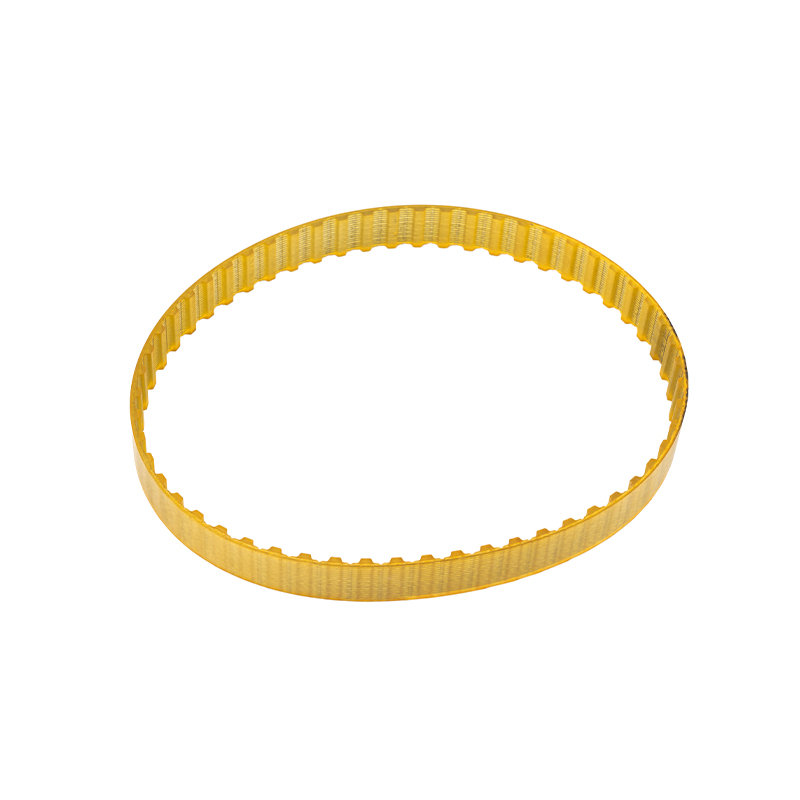Key factors for effective application of trapezoidal tooth timing belts in industrial systems
2025-07-09
Content
With the continuous advancement of industrial technology, the precision, efficiency and durability of power transmission systems have become the focus of enterprises. Among the many power transmission components, the trapezoidal tooth timing belt is widely used in various industries due to its unique structure and performance, especially in high-speed, precision and high-load mechanical transmission, showing its significant advantages. However, to effectively apply the trapezoidal tooth timing belt in industrial systems to ensure its efficient operation and maximum performance, a series of key factors must be paid attention to.
Unique advantages of trapezoidal tooth timing belts
The design of the trapezoidal tooth timing belt adopts a trapezoidal tooth structure to make the meshing between the gear and the belt more compact and stable. This design effectively reduces friction and wear, ensures high efficiency and long life, and is particularly suitable for high-speed, high-load and high-precision transmission requirements.
Trapezoidal tooth timing belts are often made of high temperature and wear resistant materials, such as chloroprene rubber and polyurethane, which can cope with harsh working environments such as high temperature, humidity, chemical corrosion, etc., ensuring that the belt can work stably under harsh conditions.
Wide application of trapezoidal tooth timing belts in industrial systems
Due to its efficient and precise transmission characteristics, trapezoidal tooth timing belts have been widely used in many industries. The following are the important roles of trapezoidal tooth timing belts in several key application areas:
1. Automated production line: In automated production lines, trapezoidal tooth timing belts can ensure the transmission synchronization between various devices, reduce errors, and ensure stable production efficiency and quality. Its precise transmission characteristics can avoid power loss caused by belt slippage, and are especially suitable for high-speed and high-load working occasions.
2. Automobile engine transmission system
In the automotive industry, especially in the timing transmission system of the engine, the trapezoidal tooth timing belt is widely used to transmit precise power and ensure the synchronous operation of various engine components due to its high temperature resistance and low noise.
3. Food processing and packaging machinery
In food processing and packaging machinery, the trapezoidal tooth timing belt has excellent corrosion resistance and high temperature resistance. It can maintain efficient operation in a high-intensity working environment and reduce downtime and maintenance time.
4. Precision machinery and equipment: In precision machinery and equipment, the trapezoidal tooth timing belt can ensure high-speed and high-precision transmission requirements, especially suitable for high-precision equipment such as CNC machine tools and laser cutting machines.
Key factors for effective application of trapezoidal tooth timing belt
To give full play to the advantages of the trapezoidal tooth timing belt in industrial systems, it is necessary to start from multiple links and carefully design, install and maintain. The following are several key factors to ensure the efficient application of the trapezoidal tooth timing belt:
Accurate belt selection and gear matching
When selecting a trapezoidal tooth timing belt, first of all, it is necessary to consider factors such as load, transmission ratio, and working environment according to specific application requirements, and select the appropriate belt model and specifications. **The selection of tooth shape, tooth pitch, belt width** and **material** will directly affect the transmission efficiency and stability of the equipment.
In addition, the matching of belt and gear is crucial. Correct tooth shape and tooth pitch matching can ensure the smooth transmission of the belt during operation. If the belt and gear are not matched properly, it may cause gear slippage, excessive wear or even belt breakage, thus affecting the efficiency and stability of the entire transmission system.
Correct installation and tensioning
The installation of the trapezoidal tooth timing belt is the basis for ensuring its normal operation. **Too loose or too tight** belts will lead to unstable transmission effects. Too loose belts will cause slippage, resulting in reduced power transmission efficiency; while too tight belts will increase friction, accelerate wear, and even cause damage to the belt and gears.
Therefore, it is necessary to ensure that the belt is moderately tensioned during installation, which can be adjusted according to the standards provided by the belt manufacturer. Too much tension will increase the burden, and too little tension will easily cause slippage. Reasonable installation and tensioning can improve transmission efficiency, reduce energy loss, and extend the service life of the belt.
Regular maintenance and inspection
Regular inspection and maintenance are important means to ensure the long-term and efficient operation of the trapezoidal tooth timing belt. During use, belt wear, tension changes, tooth damage and other problems are often difficult to detect, but these problems will directly affect the transmission efficiency and system stability. Therefore, enterprises must conduct regular inspections of the belt system.
The inspection content includes whether there are cracks on the surface of the belt, whether there is tooth damage, whether the belt is loose, etc. In addition, the meshing between the gear and the belt should be checked regularly to ensure that there is no misalignment and avoid power loss caused by improper installation.
Regular cleaning, lubrication and inspection can greatly reduce the downtime caused by belt damage and ensure the continuity of the production line.
Belt material selection to adapt to the working environment
The material selection of the trapezoidal tooth timing belt is crucial to its performance in a specific working environment. Different working environments have different requirements for belts. For example, high temperature, humidity, oil pollution and other environments will have different degrees of impact on the belt.
In high temperature environments, high temperature resistant belt materials, such as high temperature resistant neoprene or polyurethane materials, must be selected to ensure long-term stable operation of the belt under extreme temperatures. In chemically corrosive environments, corrosion-resistant belt materials can effectively prevent aging and breakage of the belt in harsh environments.
Therefore, choosing the right belt material can not only increase the service life of the belt, but also ensure its efficient operation under different working conditions.
Optimize load and transmission efficiency
Load control is crucial to the working efficiency of the trapezoidal tooth timing belt. In **high load applications**, the carrying capacity of the belt may be affected, and overload will cause fatigue and increased wear of the belt. Therefore, when designing the transmission system, it is necessary to ensure that the load matches the belt to avoid belt damage caused by overload.
Optimizing transmission efficiency is also a key factor in improving production efficiency. In some application scenarios, try to choose a belt model with high transmission efficiency to reduce power loss and improve the overall efficiency of the system.


 English
English 中文简体
中文简体